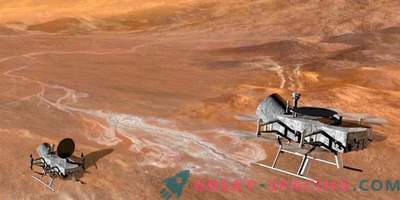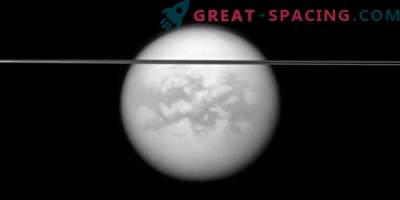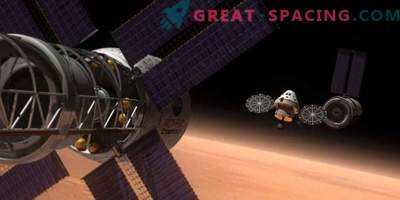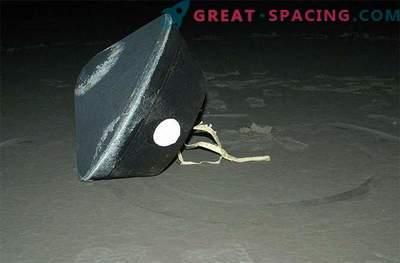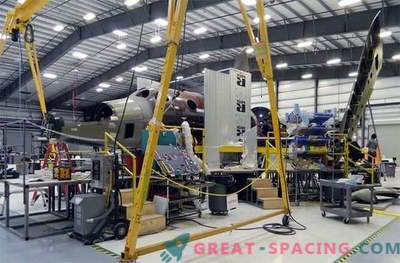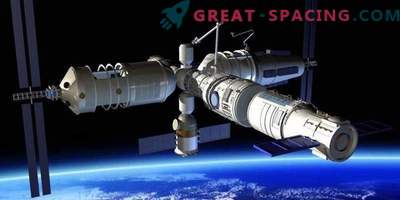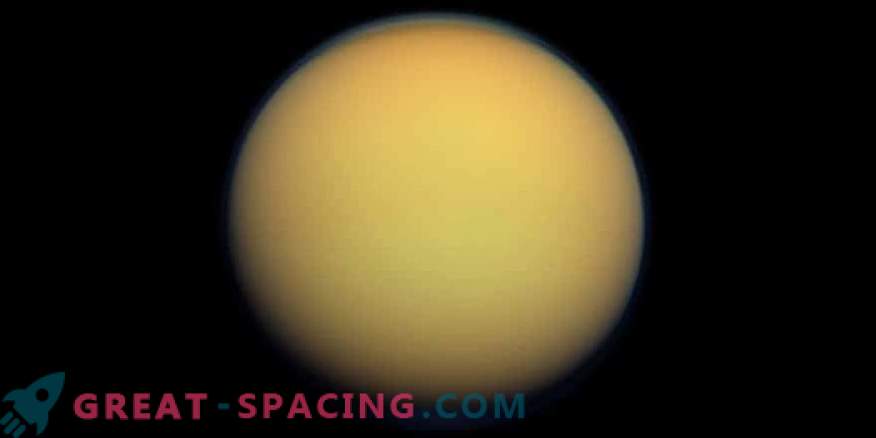
NASA is narrowing down options for the future project New Frontiers. Two finalists were officially announced: the extraction of samples from comet 67P / Churyumov-Gerasimenko or the study of Titan. Both concepts (CAESAR and Dragonfly) were presented in detail on December 20, discarding 10 more proposals for system research. Among the targets were Venus, the Moon and Enceladus.
The CAESAR mission is set to send a spacecraft to comet 67P, studied by Rosetta and Phyla’s landing gear. The device must collect material from the core and deliver to Earth in November 2038. The Goddard Space Flight Center is responsible for the mission, and JAXA (Japanese Agency) will provide the capsule for delivery.
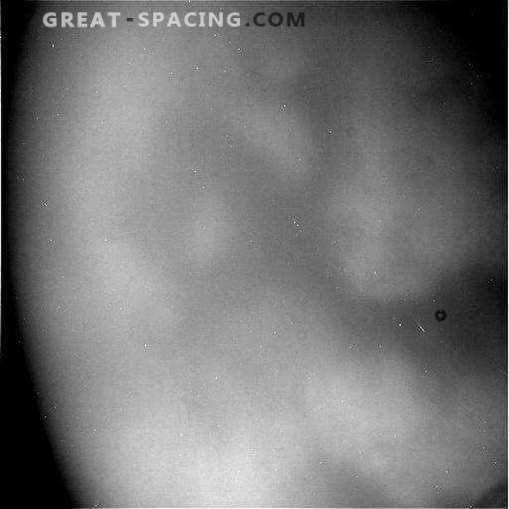
This is a raw image of Titan (Saturn's satellite), received by the Cassini apparatus at the last approach on April 21, 2017.
Comets are among the most important scientific objects in our system and so far not enough information has been collected about them. These are the remnants of the building blocks of the planets that can tell about the process of creating the entire system. The Dragonfly ship is a two-cylinder quad bike that will explore landing sites on Titan, which attracts attention with its dark hydrocarbon lakes (they can have microbial life).
Dragonfly could visit many places that are tens and hundreds of miles apart, covering the entire surface of Titan. He would also be able to consider locations that are inaccessible to satellites. In 2005, the Huygens apparatus from Cassini landed on Titan and spent the day researching. But the new mission will be able to test how advanced prebiotic chemistry is in an environment where life can be stored.
These are the two main contenders for launch. The winner will be called in the mid-2020s.


